THORGEON Ceiling mounting lamps
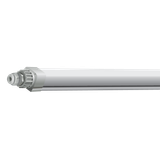

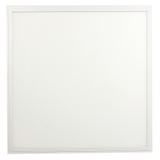
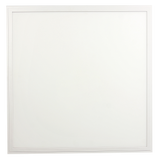

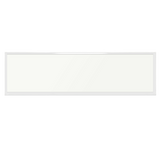
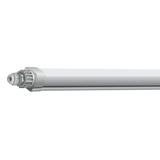
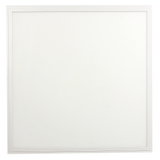

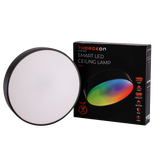

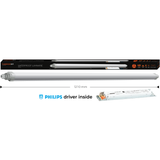
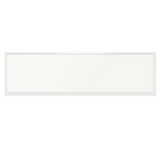

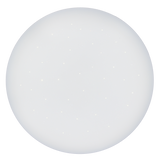
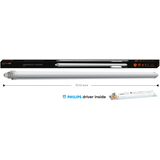
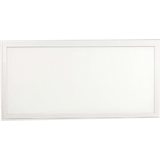

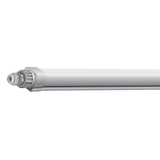




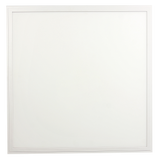


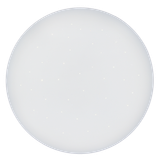
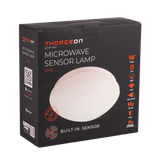
thorgeon ceiling mounting lamps optical and electrical profile
Lumen packages 1 000–6 000 lm cover corridors, open offices, and lift lobbies. CCT options 2700/3000/3500/4000 K with CRI 80 as standard and CRI 90 for front-of-house; colour consistency SDCM ≤3. Efficacy typically 110–145 lm/W, drivers PF ≥0.95, THD <10 %, surge 2–4 kV. Ambient −20…+40 °C; L80 50–70k h when Tc is respected and 7.5–10 mm free air is kept above the gear tray.
Use consistent hole patterns and collar depths so crews can swap trims without re-drilling; this keeps thorgeon ceiling mounting lamps interchangeable across floors.
thorgeon ceiling lights distributions and outputs
Opal diffusers for soft general light, micro-prism optics for UGR <19 work areas, and corridor lenses for long runs. Emergency variants publish 120–500 lm maintained output with self-test indicators. Through-wiring kits in 3×1.5/2.5 mm² keep trunking tidy and reduce ceiling time.
When spacing is set by aisle width, planners keep one lumen bin per ceiling height so thorgeon ceiling lights maintain uniform lux and aiming notes.
thorgeon mounted ceiling luminaires mechanical build and ingress
Bodies in UV-stabilised PC or powder-coated steel with closed-cell EPDM or silicone gaskets. IP20 for clean interiors, IP54/IP65 for plant and parking; IK08–IK10 hardware where the public can reach. Entries stay metric M16/M20/M25; matched ferrules preserve rating after service.
Installers prefer lids that print torque (0.5–0.8 Nm typical) and strain-relief pull-out values; that documentation is repeated across thorgeon mounted ceiling luminaires to make goods-in checks unambiguous.
thorgeon led ceiling lamps controls and dimming
DALI-2 and 0–10 V drivers dim to 5–10 % with linear/log curves; selected sizes support quiet trailing-edge for retrofit boards. Flicker metrics meet PstLM/SVM guidance on approved controls; corridor function combines presence with daylight hold. Emergency kits use LiFePO₄ with 1 h or 3 h autonomy and 12–24 h recharge.
To clone scenes between rooms, estates standardise control type, minimum level, and CCT on thorgeon led ceiling lamps before first fix.
thorgeon indoor ceiling fixtures installation and wiring
Captive screws, keyhole slots, and retained gaskets shorten ladder time. Terminals accept 0.5…2.5 mm² Cu; strip 8–10 mm; divider strips separate SELV from mains; 360° braid clamps hand shields to steel backplates.
Publishing strip windows, ferrule sizes, and torque in the drawing set means thorgeon indoor ceiling fixtures pass acceptance without ad-hoc notes.
thorgeon surface ceiling lights use cases and retrofits
Shallow housings clear sprinkler throw; skyline-low profiles avoid duct clashes. Drain/breather plugs manage pressure cycles in humid corridors; stainless fasteners resist ammonia or coastal air.
Where cut-outs are banned, renovation teams specify sealed kits so thorgeon surface ceiling lights deliver IP54/IP65 without changing substrate.
thorgeon architectural ceiling luminaires selection guide
Fix target illuminance and mounting height, then choose optic (opal, micro-prism, corridor) and lumen class. Lock CCT/CRI by palette—CRI 90 for reception and retail, CRI 80 elsewhere. Verify Tc at 60 minutes in a pilot room; confirm gasket compression and bracket offsets.
Procurement keeps one code per zone so thorgeon architectural ceiling luminaires look identical after churn and spares stay lean.
Advantages of working with Bankoflamps
We organise deliveries the way installers actually work: by room bundle and riser sequence. You get individual B2B pricing, live EU stock visibility before crews are booked, and quotes with EAN/MPN in roughly one hour. The portal shows lead times, shipment progress, and downloadable price lists with validity windows you can plan around. Trusted accounts use post-payment up to 30 days. We consolidate partials so luminaires, glands, collars, sensors, and emergency gear arrive together, and a dedicated manager checks lumen bins, optics, control method, autonomy class, gland threads, ferrule sizes, and torque notes against your drawings to keep kits site-ready across France, the Baltics, Germany, Spain, Italy, Belgium, and the Netherlands.